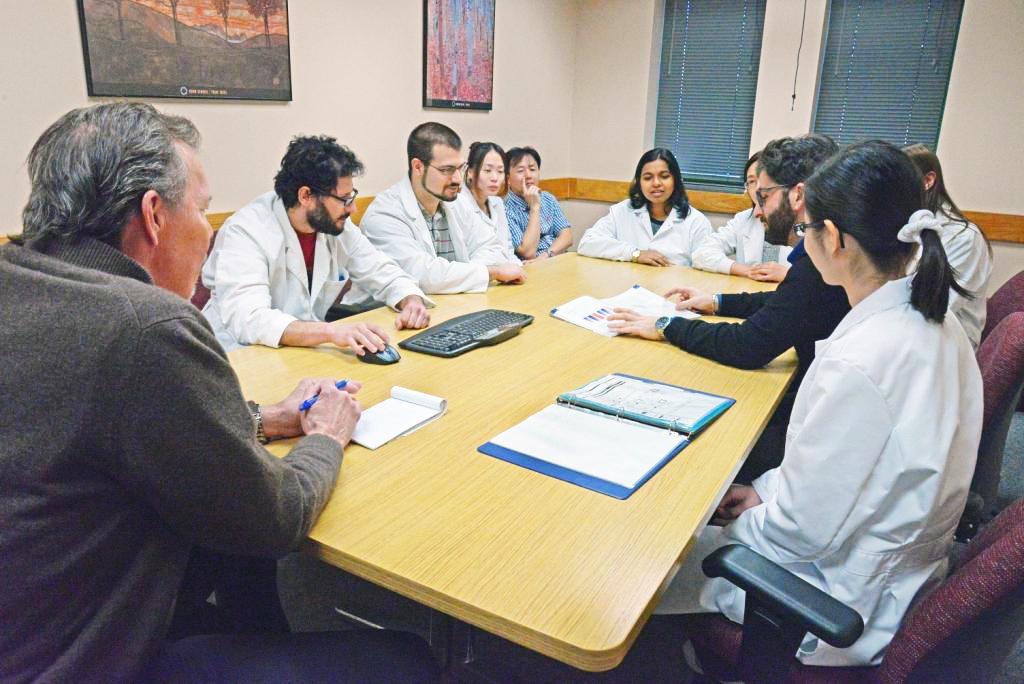For additional information about the CDR, please click here.
Overview
The Center for Dementia Research (CDR) at NKI is a consortium of independent laboratories and research programs, directed by Dr. Ralph A. Nixon, dedicated to studies on the pathogenesis, diagnosis, and treatment of AD and other major neurodegenerative diseases.
The CDR has become an internationally recognized research center, attracting outstanding personnel, and bringing millions of federal dollars annually to New York to help support its mission.
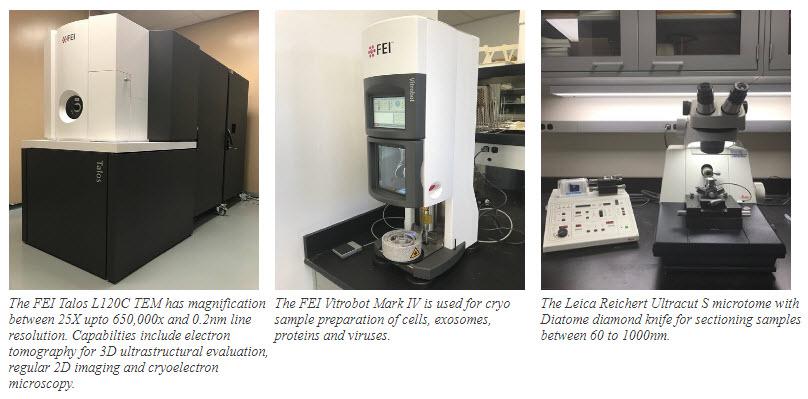
Translational Research
A major emphasis of the CDR is “translational” research, which is aimed at understanding the molecular and cellular basis of AD and other neurodegenerative states {e.g., Parkinson’s disease (PD), Huntington disease (HD), amyotrophic lateral sclerosis (ALS), Lewy body dementia (DLB), stroke, and others} in order to develop accurate models, which are then used to devise new strategies for early diagnosis (e.g., neuroimaging, biomarker identification) and treatment.
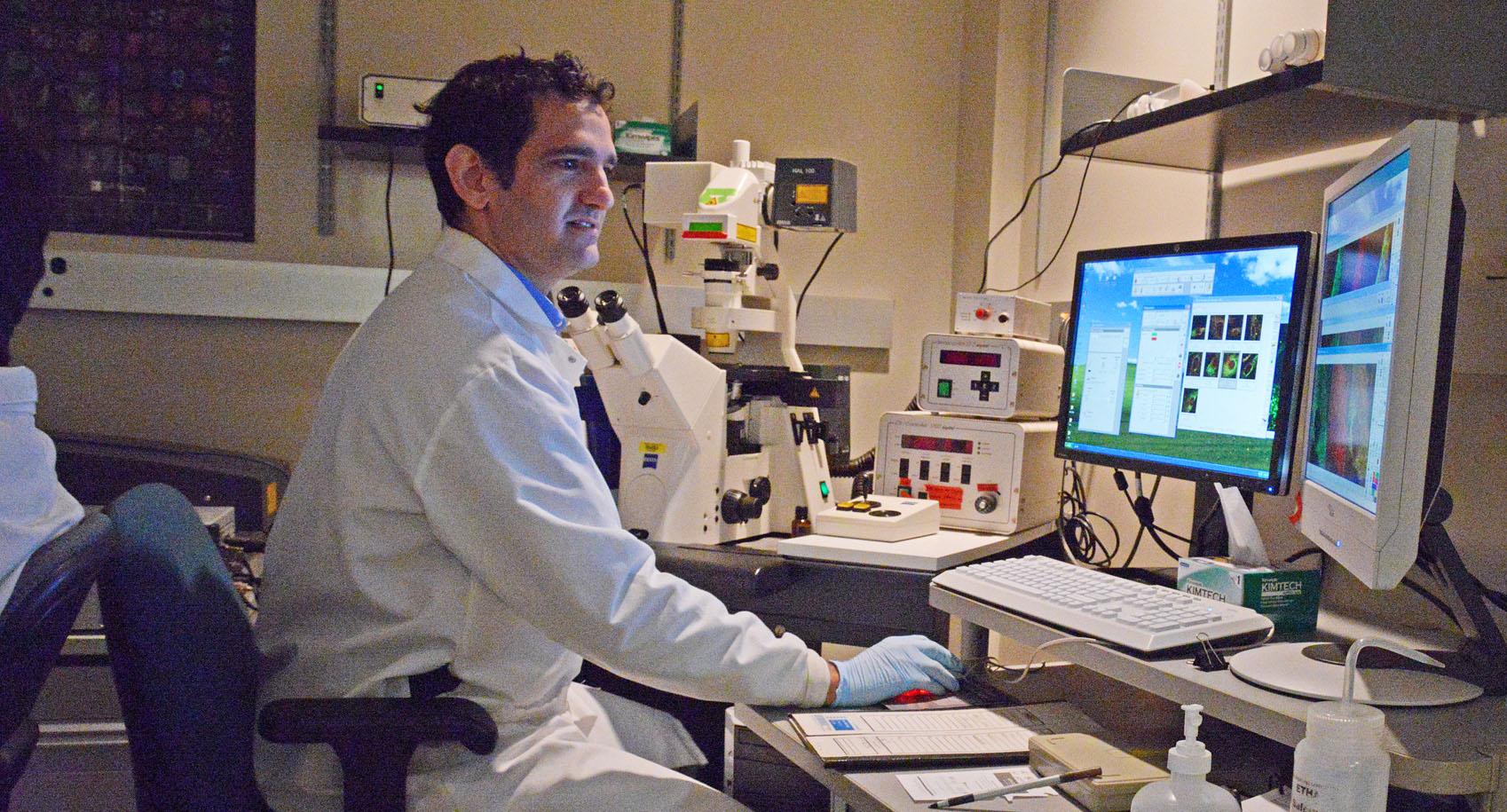
Although it has not been fully resolved whether or not senile plaques or NFTs cause AD, lowering amounts of these abnormal proteins has been a key objective of many clinical drug trials and pharmaceutical companies trying to develop new therapies to prevent or treat the disorder. CDR researchers have advanced this goal by identifying novel processes that can cause nerve cells to overexpress amyloid, thereby revealing new possibilities for blocking amyloid accumulation. CDR researchers employ animal and cellular models of Ab accumulation, tau accumulation, and Down syndrome (DS) to understand what is occurring in the brains of AD patients, with the goal of understanding the earliest changes that place people at risk, where therapeutic interventions are thought to most efficacious. CDR investigators were also some of the first to identify cholesterol-lowering drugs and estrogens as potential AD therapies.
Collaborations
Collaborations in the CDR with researchers in NKI’s Center for Biomedical Imaging and Neuromodulation (C-BIN) yielded the first images of the brain in transgenic mice modeling the pathology of AD. NKI is particularly well-recognized internationally for the mouse models of Alzheimer’s developed by its researchers, which are being used worldwide by pharmaceutical companies and scientists to screen potential therapeutic agents for Alzheimer’s and Parkinson’s disease.
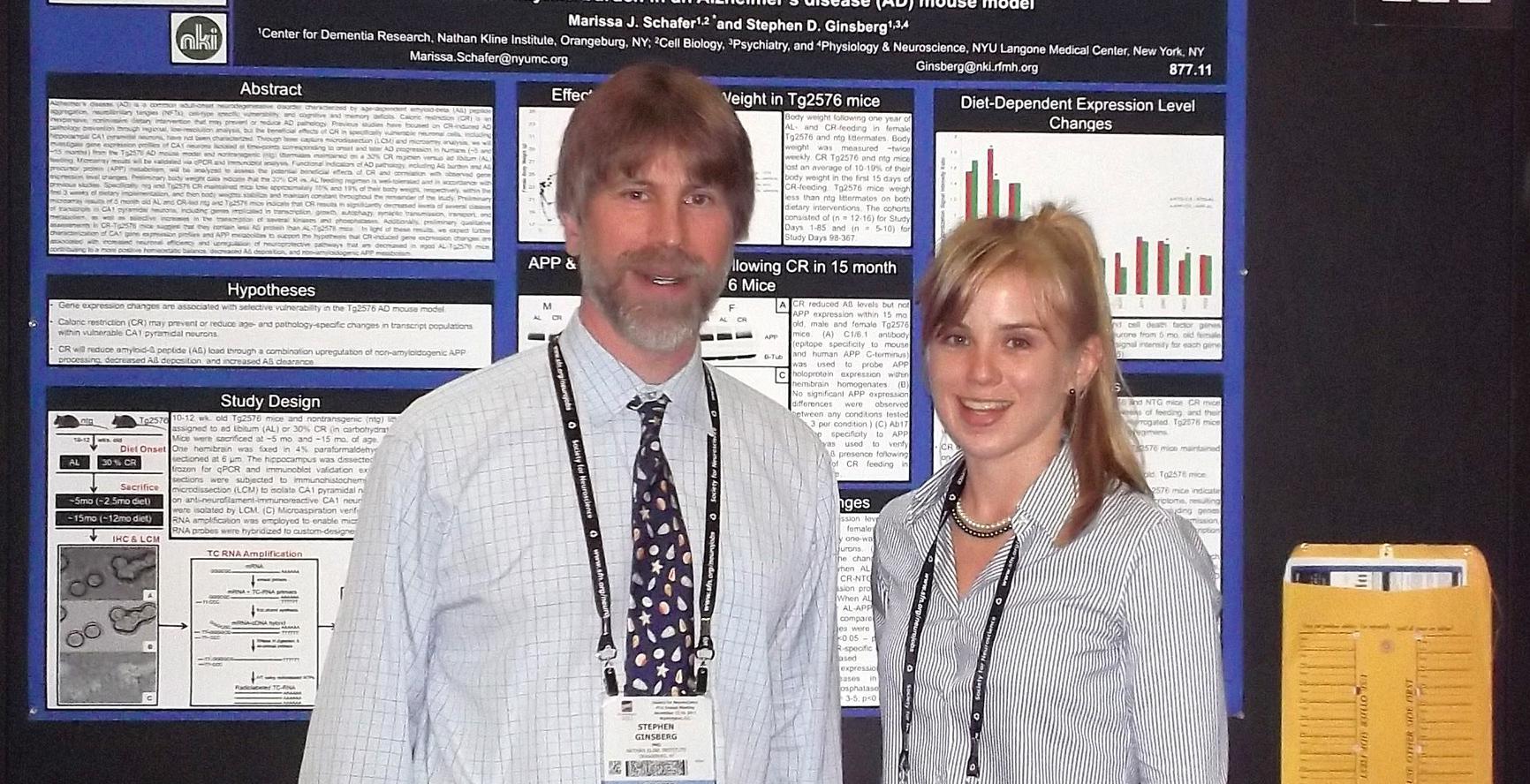
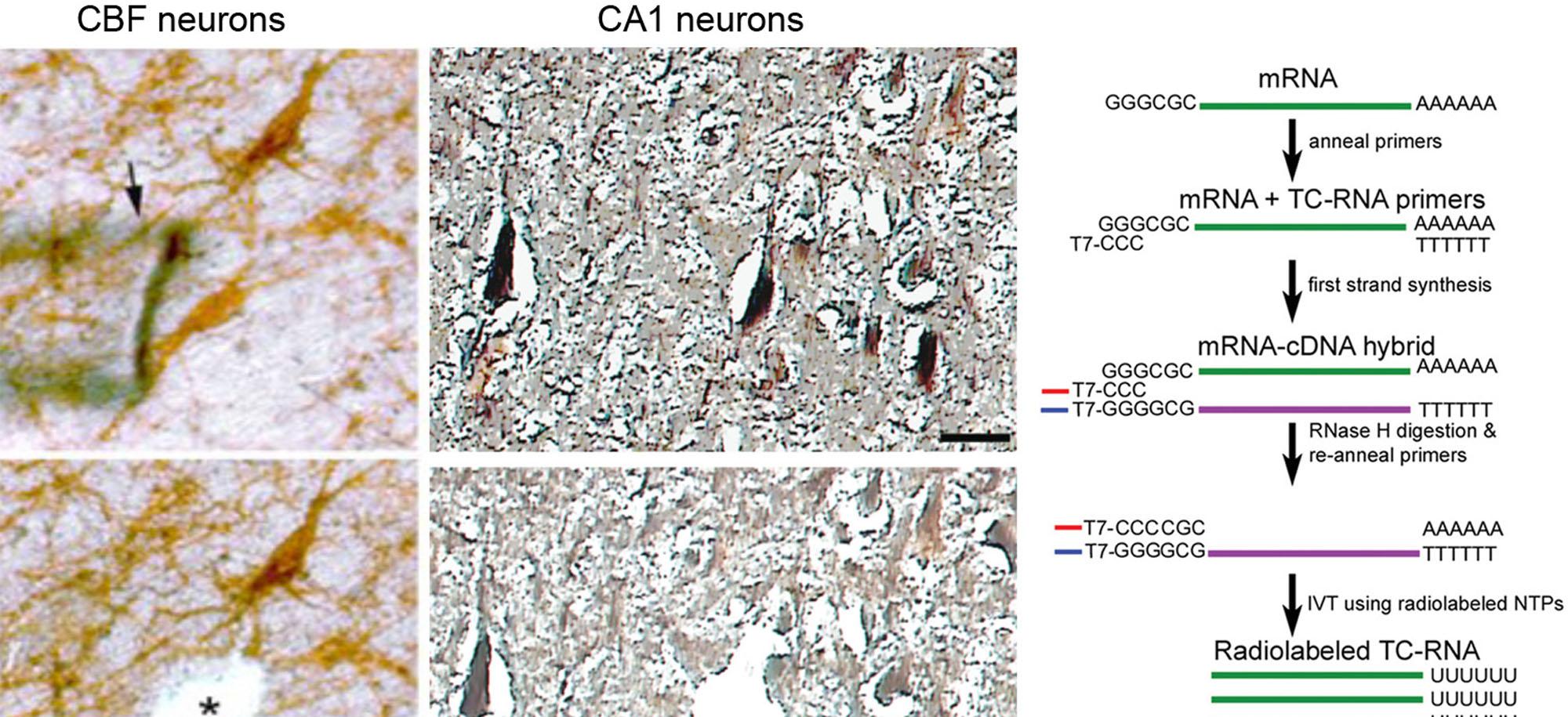
Diverse Interests
Other research interests in the CDR include transgenic modeling of AD, PD, ALS and other neurodegenerative diseases; synapse physiology in memory processing; gene microarray analysis in neurodegeneration and neural plasticity; strategies to modulate Aβ and β-amyloid; molecular genetics of dementia; hormonal and cholesterol modulation therapy in neurodegenerative disease; and early detection of AD by MRI and biological markers.
